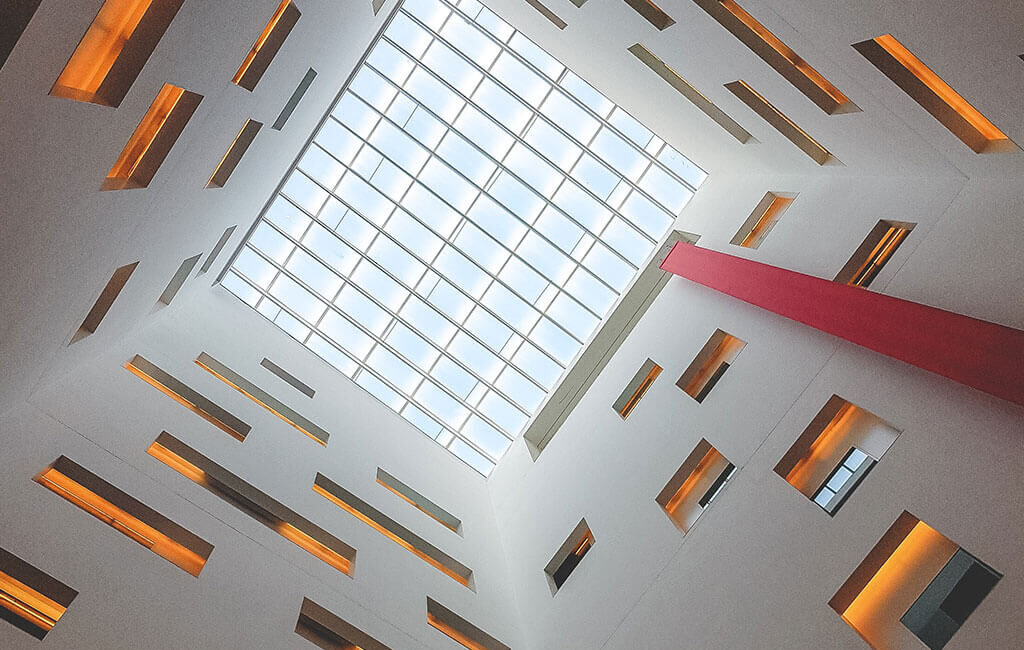Green building services encompass a range of strategies, technologies, and practices aimed at designing, constructing, and operating buildings that are environmentally responsible, resource-efficient, and sustainable. Here are some key components of green building services:
- Energy Efficiency: Implementing measures to reduce energy consumption and increase efficiency, such as high-performance insulation, energy-efficient lighting, HVAC systems, and renewable energy sources like solar panels or wind turbines.
- Water Efficiency: Incorporating water-saving technologies and practices to reduce water consumption, such as low-flow fixtures, rainwater harvesting systems, graywater recycling, and drought-tolerant landscaping.
- Materials Selection: Choosing environmentally friendly and sustainable building materials, such as recycled content, locally sourced materials, renewable resources, and products with low volatile organic compound (VOC) emissions.
- Indoor Environmental Quality: Designing for improved indoor air quality and occupant comfort through proper ventilation, filtration systems, natural daylighting, thermal comfort, and the use of non-toxic building materials.
- Site Design and Development: Employing site planning and landscaping strategies that minimize environmental impact, protect natural habitats, promote biodiversity, manage stormwater runoff, and reduce heat island effects.
- Waste Reduction and Recycling: Implementing waste management practices to minimize construction and demolition waste, encourage recycling and reuse of materials, and promote responsible disposal of construction debris.
- Green Building Certifications: Pursuing third-party certifications such as LEED (Leadership in Energy and Environmental Design), BREEAM (Building Research Establishment Environmental Assessment Method), or Green Star to validate and recognize the sustainability of buildings.
- Life Cycle Assessment: Conducting life cycle assessments (LCAs) to evaluate the environmental impacts of building materials and design choices from extraction and manufacturing to use and disposal, and selecting options with lower overall environmental footprints.
- Occupant Engagement: Educating building occupants about sustainable practices, encouraging behavior change, and providing tools for monitoring and reducing energy and water consumption.
- Adaptability and Resilience: Designing buildings to be resilient to climate change impacts, extreme weather events, and other environmental challenges, and incorporating flexibility and adaptability to accommodate future changes and needs.
By integrating these green building services into the design, construction, and operation of buildings, stakeholders can create healthier, more environmentally sustainable, and economically viable built environments for present and future generations.

- Passive Design Strategies: Incorporating passive design principles to optimize natural lighting, ventilation, and thermal comfort, reducing the reliance on mechanical systems for heating, cooling, and lighting.
- Green Roof and Walls: Installing green roofs and walls to mitigate the urban heat island effect, improve air quality, provide insulation, reduce stormwater runoff, and create habitat for biodiversity.
- Net-Zero Energy Buildings: Designing buildings to produce as much energy as they consume over the course of a year through on-site renewable energy generation and energy efficiency measures.
- Smart Building Technologies: Integrating smart building technologies, such as building automation systems, sensors, and controls, to optimize energy use, improve occupant comfort, and enhance operational efficiency.
- Healthy Building Materials: Selecting materials and finishes that are non-toxic, low-emitting, and environmentally preferable, promoting occupant health and well-being while minimizing environmental impact.
- Water-sensitive Urban Design: Implementing strategies for managing stormwater on-site, such as permeable pavement, rain gardens, and bioswales, to reduce flooding, replenish groundwater, and protect water quality.
- Passive Solar Heating and Cooling: Designing buildings to maximize solar heat gain in winter and minimize it in summer through passive solar design techniques like orientation, shading, and thermal mass.
- Community Engagement: Engaging with local communities and stakeholders to ensure that green building projects address their needs, contribute positively to the community, and promote social equity and inclusivity.
- Responsible Sourcing: Procuring materials and products from suppliers that prioritize ethical sourcing, fair labor practices, and environmental stewardship, supporting sustainable supply chains and responsible manufacturing practices.
- Post-Occupancy Evaluation: Conducting post-occupancy evaluations to assess the performance of green building features, gather feedback from occupants, and identify opportunities for improvement and optimization.

